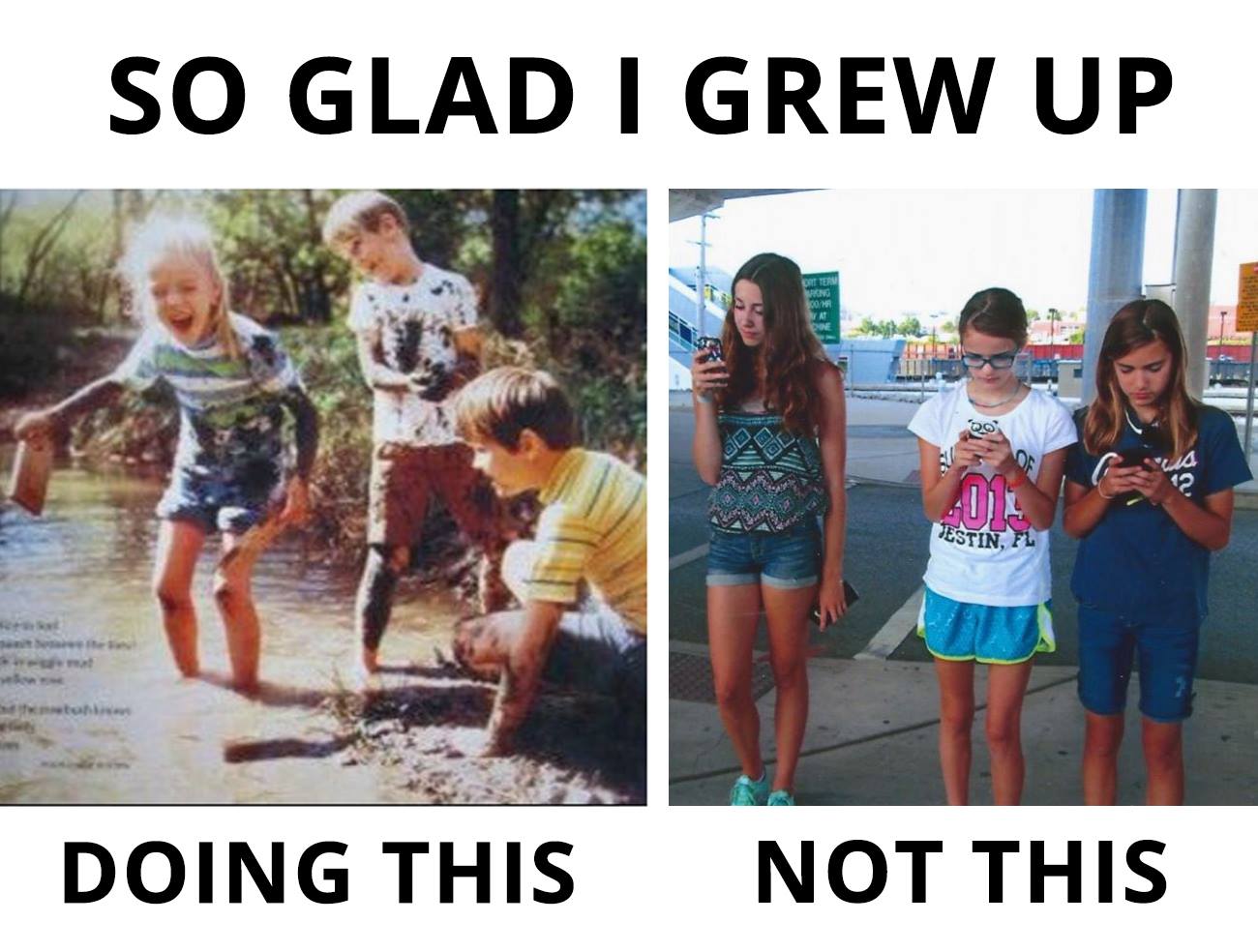I chose the article "Forty Years Later, the Golden Record Goes Vinyl" by Marina Koren as my supplemental text. The article focuses on the Voyager Golden Record, which is an actual golden record that was launched into space in 1977 with Voyager 1 and 2 spacecrafts. Voyager 1 is currently the farthest human-made object from Earth. Both spacecrafts have left the solar system.
The record itself contains "popular songs, sounds from nature, photographs, spoken greetings in dozens of human languages and one whale language" and most importantly directions on how to find planet Earth, and its target audience is an intelligent alien civilization that is capable deciphering the message on the record.
The content of the record was not intended for public consumption; the copies that remained on Earth were distributed mostly to NASA facilities. However, recently Ozma Records has put the Golden Record on vinyl for the first time. David Pescovitz and Timothy Daly, the co-founders of Ozma Records were surprised by the lack of a vinyl version of the Golden Record in these digital days. The two paired up with Lawrence Azerrad, a graphic designer, to launch a Kickstarter campaign to raise money for the project. Originally, the group planned on raising $200,000 to make 2,000 sets, however, the internet responded with $1.3 million. Due to such a turnout, 10,000 special edition copies were made for those who backed the Kickstarter project. A different edition is now sold on the Ozma Records website.
Pescovitz and his collaborators did not have much trouble finding the original tape recordings of the Golden Record; all they had to do is contact Sony and visit their studio to listen to the tapes. The hard part was obtaining permission to use copyrighted material. The difficulty was in "tracking down the owners of some of the more obscure content, like melodies by indigenous groups". It came to the point where Pescovitz "was calling Papua New Guinea at 2 o’clock in the morning, and working with amazing ethnomusicologists around the world to try to track down as much information as possible, to find out about who these people were, what the music was, who collected it and when".
Koren, Marina. “Forty Years Later, the Golden Record Goes Vinyl.” The Atlantic, Atlantic Media Company, 25 Aug. 2017, www.theatlantic.com/science/archive/2017/08/voyager-golden-record-vinyl/538035/.
 retrieved from
retrieved from  image acquired from
image acquired from  image acquired from
image acquired from 
